Dear Stephen,
I just read an article from a lyme book where this practitioner Elizabeth Hesse Sheehan is stating that although her lyme patients have had great results with your protocol she believes that it would be even more powerful if one used the embryonic form of the herbs. Have you been coming across this new approach of using the herbs? Also, since the Japanese knotweed is spreading so fast in an attempt to clean up the environment in the northeast, do you think there is a risk to actually get the bad environmental chemicals in our capsules Thanks.
Stephen’s response:
Gemmotherapy is what this is called and really it is only the tiny, early growth of plants they are talking about and rather loosely calling stem cells. These early plant shoots do have unique attributes, just as a plant root or bark or leaf or sap does. Really, it is just another part of the plant, long used medicinally by plant peoples. As to your second question, only if the plant is growing on a contaminated industrial site.
Stephen
-
Stephen Harrod Buhner was an Earth poet and an award-winning author of twenty-four books on nature, indigenous cultures, the environment, and herbal medicine including the acclaimed book Healing Lyme: Natural Healing & Prevention of Lyme Borreliosis & Its Co-infections.
Stephen came from a long line of healers including Leroy Burney, Surgeon General of the United States under Eisenhower and Kennedy, and Elizabeth Lusterheide, a midwife and herbalist who worked in rural Indiana in the early nineteenth century. The greatest influence on his work, however, was his great-grandfather C.G. Harrod who primarily used botanical medicines, also in rural Indiana, when he began his work as a physician in 1911.
Stephen’s work has appeared or been profiled in publications throughout North America and Europe including Common Boundary, Apotheosis, Shaman’s Drum, The New York Times, CNN, and Good Morning America. Stephen lectured yearly throughout the United States on herbal medicine, the sacredness of plants, the intelligence of Nature, and the states of mind necessary for successful habitation of Earth.
He was a tireless advocate for the reincorporation of the exploratory artist, independent scholar, amateur naturalist, and citizen scientist in American society – especially as a counterweight to the influence of corporate science and technology.
View all posts

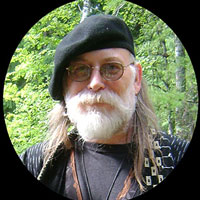
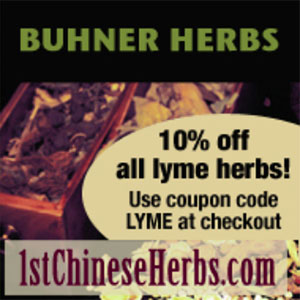


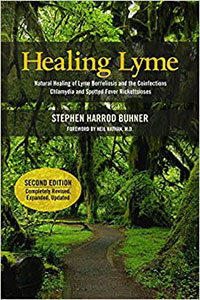
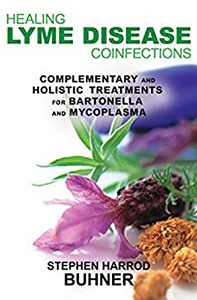
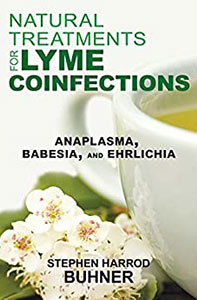
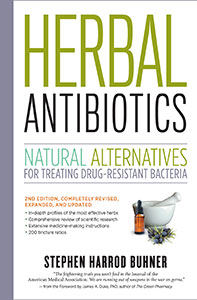
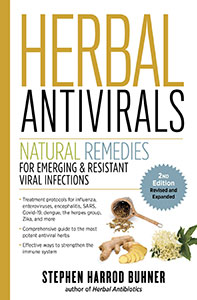



0 Comments